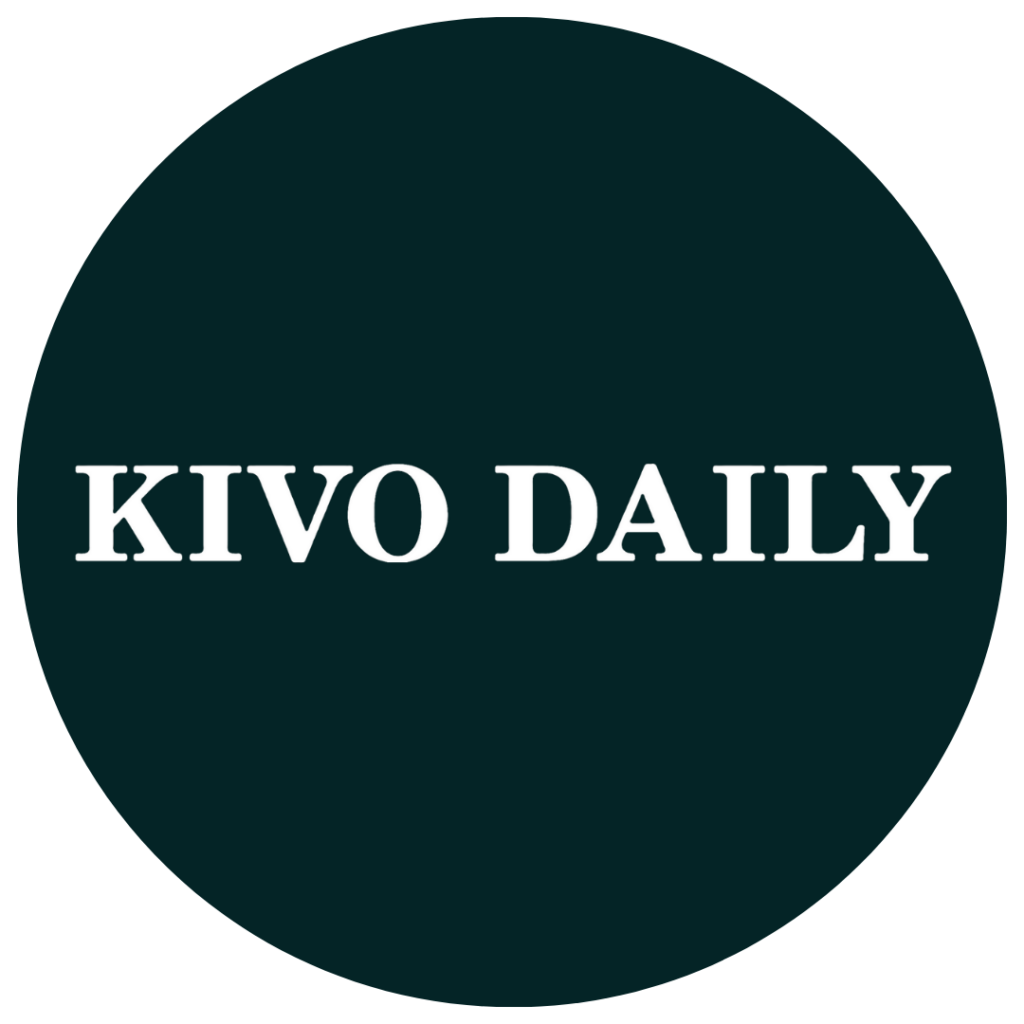Effective resource allocation is the backbone of a thriving business. Brian O’Kane understands that every dollar spent contributes to growth, efficiency, and long-term sustainability. Cost accounting is critical in this process, offering detailed insights that drive informed decision-making. Businesses may optimize performance and maintain a competitive edge by understanding cost structures, identifying inefficiencies, and strategically distributing resources.
Cost accounting is more than just a financial tracking system; it provides the analytical framework needed to assess the actual cost of operations. Unlike general accounting, which focuses on external reporting, cost accounting dives into the granular details of expenses associated with production, services, and processes. This method allows businesses to allocate funds where they are most needed and cut unnecessary expenditures that do not contribute to revenue generation or business objectives.
A primary advantage of cost accounting is its ability to break down costs into fixed, variable, and semi-variable categories. This classification enables businesses to distinguish between constant expenses regardless of output and those that fluctuate with production levels. Companies can implement cost-control measures that prevent overspending and enhance profitability by understanding these dynamics.
Activity-based costing (ABC) offers a detailed perspective on how resources are used across different operations. Unlike traditional broad cost allocation methods, ABC assigns costs based on resource usage. This approach can help organizations analyze cost drivers, identify inefficiencies, and make informed decisions about resource distribution. It is instrumental in complex environments where indirect costs play a significant role.
Budgeting and forecasting also play an essential role in resource optimization; cost accounting provides the foundation for these financial planning activities. By analyzing historical data and trends, businesses may create realistic budgets that reflect actual cost structures. Accurate forecasting helps companies allocate sufficient resources to critical areas while avoiding overspending in less impactful sectors. This proactive approach reduces financial uncertainty and allows companies to respond swiftly to market changes and economic fluctuations.
Brian O’Kane notes that cost variance analysis is another vital cost accounting function supporting resource optimization. This process involves comparing actual costs to budgeted costs and examining any differences. Analyzing these variances can provide insight into factors such as operational changes or pricing fluctuations. Addressing these differences as they arise allows for adjustments that support efficiency and financial planning.
Incorporating cost accounting insights into decision-making enhances strategic resource distribution across departments. For instance, manufacturing companies may allocate materials efficiently by analyzing production costs and determining optimal inventory levels. Service-based businesses can assess labor costs and adjust workforce allocation to maximize productivity without unnecessary expenditures. Regardless of the industry, leveraging cost accounting may allow for precise resource allocation that aligns with business objectives and market demands.
Technology has introduced new tools that enhance data analysis and reporting in cost accounting. Cloud-based systems and AI-driven analytics assist in processing financial information more efficiently. These tools can help reduce manual errors and improve access to economic data, supporting more informed decision-making and resource management.
Practical cost accounting fosters a culture of financial discipline within organizations. When employees and managers understand the cost implications of their decisions, they become more conscious of resource utilization. Encouraging cost awareness across all levels of the organization leads to a more efficient operational structure, where waste is minimized and value creation is maximized.
Integrating cost accounting into financial strategies helps businesses monitor spending and allocate resources effectively. A structured approach to cost analysis can provide a clearer financial picture, supporting informed decision-making and operational planning.
Brian O’Kane suggests that businesses can maintain optimal resource allocation and profitability by continuously monitoring costs, refining budgeting strategies, and adapting to changing market conditions. The strategic application of cost accounting strengthens financial health and provides a framework for innovation, growth, and resilience in an increasingly competitive marketplace.
Disclaimer: The information provided in this article is for general informational purposes only and does not constitute financial, accounting, or business advice. Readers should consult with a qualified professional before making any financial or strategic decisions based on cost accounting principles. The views expressed are those of the author and do not necessarily reflect the opinions of any specific organization or entity.
Published by Stephanie M.










